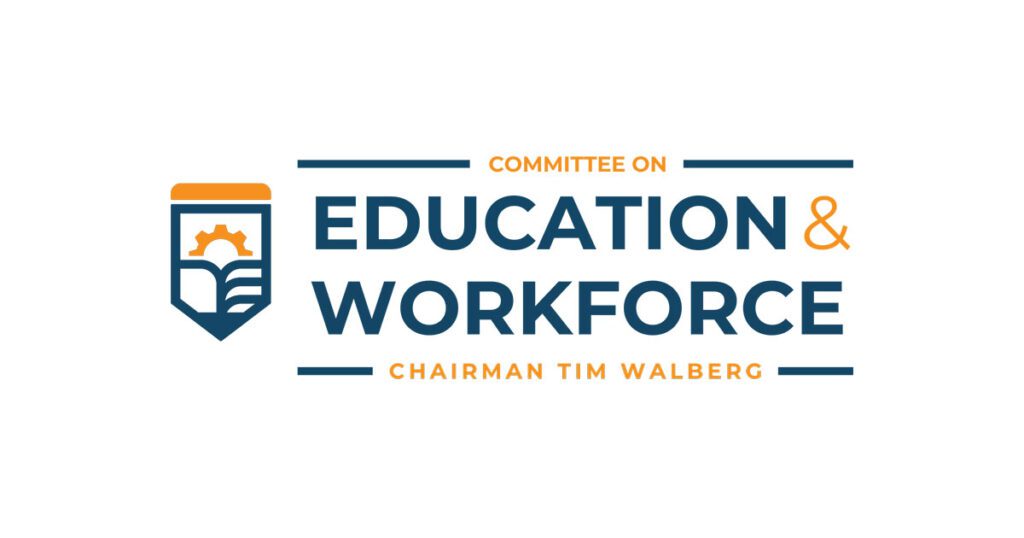Charter Schools:
- Empower parents to play a more active role in their child’s education. An overwhelming majority of parents and families support more charter school access in their communities.
- Open doors to innovation. Charter school autonomy encourages teachers to pioneer fresh teaching methods, schools to develop better hiring practices, and educational boards to innovate in budget management.
- Help students escape underperforming schools. Charter schools far outpace their traditional public-school counterparts in student achievement. Given the glaring achievement gap, underprivileged students stuck in failing school districts need charter schools more than ever.
- Respond to student outcomes. If a charter school fails, it closes. The same cannot be said for traditional public schools. Nationwide, abysmal school performances need a healthy dose of accountability.
Given all this, it is no surprise that charter schools are a popular option for students across America. In fact, one charter school testified this week that it received 28,000 requests for only 3,000 open slots. Our education system doesn’t have a demand issue; it has a supply issue. And according to the National Center for Education Statistics, “public charter school enrollment more than doubled, from 1.8 million to 3.7 million students,” between 2010-2021. Nearly eight percent of public school students attend charter schools, and almost every state or U.S. territory has pro-charter school legislation.
However, charter schools haven’t always been so widely celebrated. In 2022, the Biden-Harris administration issued a flurry of requirements that limited charter schools’ access to funding and freedom of operation.
None of this was surprising. On the campaign trail, “Mr. Biden declared that he was not ‘a charter school fan.’” Moreover, the Biden-Harris administration bent over backwards in deference to union leaders like Randi Weingarten, who repeatedly promoted messages including the hashtag #ChaterSchoolsFallingbecause charters aren’t beholden to teachers unions. (On average, only about 24 percent of charter school teachers belonged to a union in 2019; by comparison, around 72 percent of traditional public school teachers were union members in the same year.)
Despite this, charter schools continue to thrive. Students in charter schools outperform their peers in traditional schools precisely because of the charters’ unique and flexible approaches to teaching. Families and students are demanding tailored options that go beyond the one-size-fits-all model because they want to set their children up for success. Charter schools are a critical cornerstone of that push for success.
As National Charter School Week comes to a close, we recognize the hardworking teachers, families, and communities that make charter schools a success so our nation’s future leaders can thrive.

